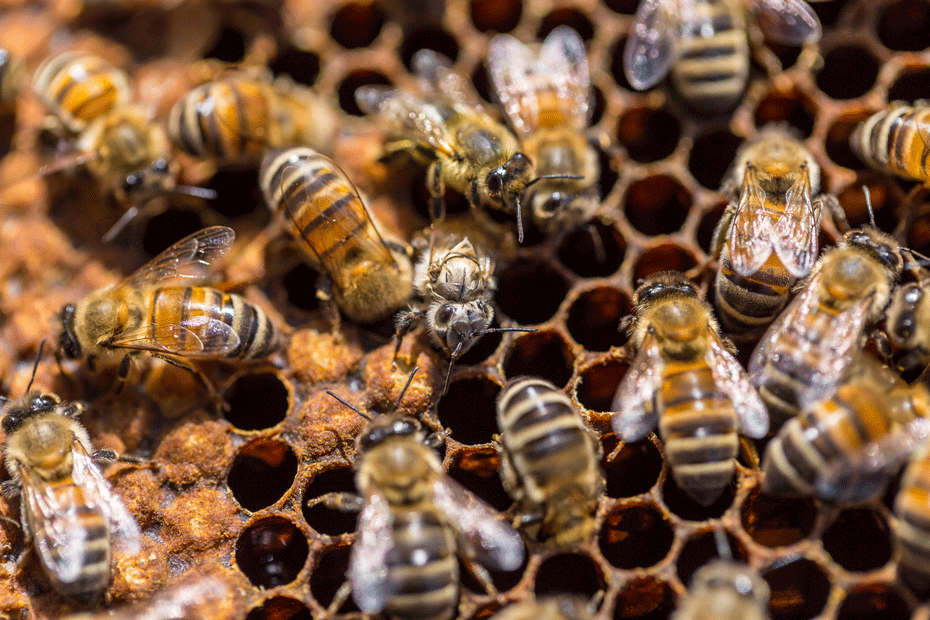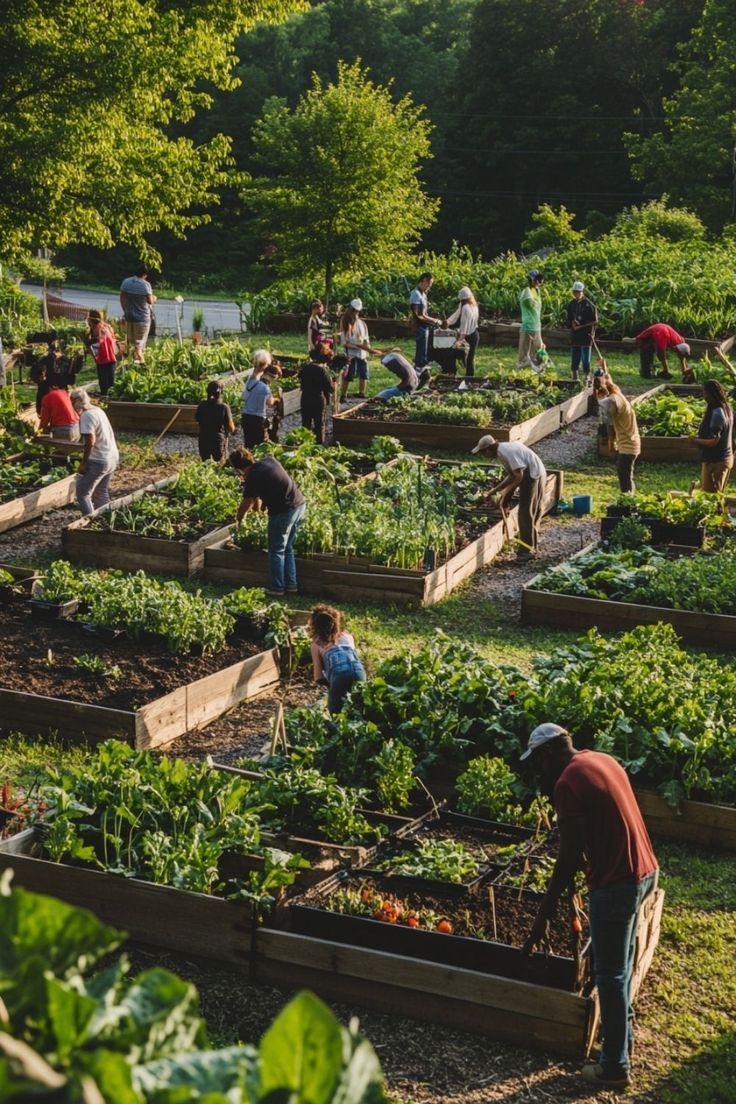Scientists and honey producers in the United States have been faced with declining honey yields since the 1990s, but the reasons for this are not yet clear.
- Study and main findings:
The Pennsylvania State University (Penn State) has developed a study and has published a press release which highlights and analyzes in detail the main factors that have an impact on honey production. Through this study, it has been evidenced that climatic conditions and soil productivity are considered as two of the most important and key aspects to understand and improve the yield of honey in all the states of the country.
- Impact of climate change:
Gabriela Quinlan and Christina Grozinger from Pennsylvania State University (Penn State) have provided an important perspective on the impact of climate change on the availability of nectar for bees and, consequently, on honey production. They point out that different climatic conditions can lead to displacement of nectar and pollen sources, causing changes in the performance of bee colonies and ultimately in honey yield. This suggests that changes in climate are bringing new challenges to beekeepers and researchers in their efforts to manage and predict the effects of these transformations on the bee environment and honey production.
- New discoveries and the importance of terrestrial elaboration:
Quinlan and Grozinger's study utilized an extensive database, including data collected over the past 50 years, to gain an in-depth understanding of the role of soil and climate conditions in honey production across the United States. They have evidenced that soil productivity and its qualities, such as structure and temperature, play a critical role in providing sufficient nutritional resources for bees. This study approach provides a clear perspective on how soil characteristics and climatic conditions influence flower and nectar availability, affecting honey performance and production.
- Impact of land use and agricultural practices:
The increase in lands in environmental conservation programs such as the Conservation Reserve Program has influenced the increase in honey yields. However, herbicide application and agricultural practices have also affected flower availability and honey production.
- Uncertainties and anthropogenic changes:
Anthropogenic stressors such as the use of herbicides and changes in agricultural practices have affected honey collection rates. Changes in climate and their impact on the availability of nutrient resources are important factors in reducing honey yields.
Quinlan and Grozinger's study strengthens our understanding of the complexity of factors affecting honey production and offers suggestions for improving agricultural practices and land management to support bee communities and honey production in the future.






